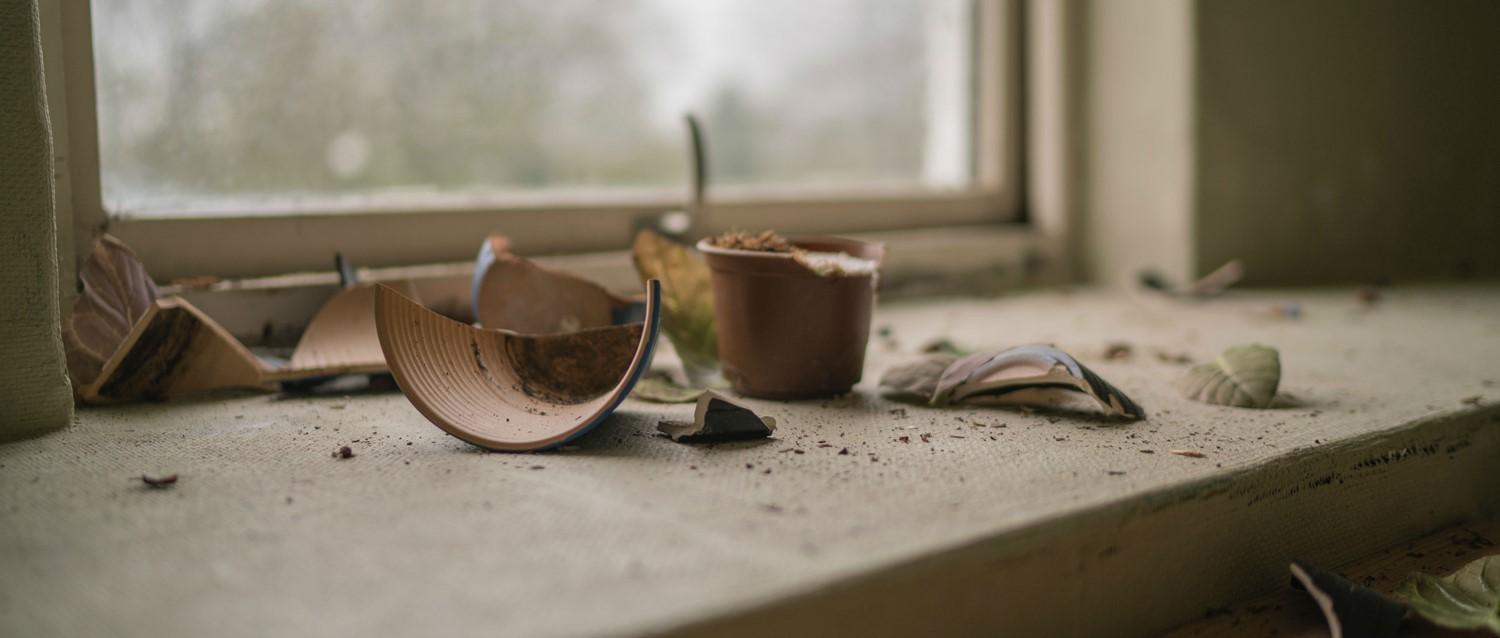
Can shaking exercises improve stress and PTSD?
Peer reviewed by Dr Sarah Jarvis MBE, FRCGPLast updated by Sally TurnerLast updated 7 Feb 2020
Meets Patient’s editorial guidelines
- DownloadDownload
- Share
- Language
- Discussion
Those who have experienced stress, tension and trauma know the profound effect they have on your day-to-day life. Traditionally, treatment involves talking therapy and medication. But evidence is emerging that making your body shake using Trauma and Tension Release Exercises (TRE) could also be effective in treating your symptoms.
In this article:
Tension and Trauma Release Exercises (TRE) are a simple, innovative set of exercises that help the body release deeply held stress, tension and trauma. Following in the wake of yoga, meditation and mindfulness, TRE is growing in popularity as a means of managing stress.
TRE was created by psychologist Dr David Berceli, who had observed communities in the Middle East and Africa that had been traumatised by war. He discovered that by inducing the body's natural tremoring mechanism to release trauma, there was a reduced need for psychotherapy or drugs to control post-traumatic stress disorder (PTSD). TRE could be taught easily to whole communities and practised in a group or alone. Berceli has used TRE extensively to support US war veterans in the military. Research studies are underway to measure its efficacy.
Continue reading below
What is TRE?
TRE comprises seven simple exercises that trigger a natural tremoring reflex in the body. These can be modified to suit people with medical conditions. After doing the exercises, you lie on a mat with your feet drawn up towards the buttocks and your knees apart. The tremoring response begins as you slowly bring the knees together.
Tremoring usually begins in the legs and may move up the spine. It's easily controllable if it becomes too vigorous. Afterwards it is important to rest on the mat to allow your mind and body to settle. This helps to integrate any emotions that may arise.
With practice, these muscle tremors can be activated spontaneously without doing the exercises and people report feeling calm and relaxed after a session. Regular practice might include two or three sessions a week of 10 to 15 minutes.
Why shake?
Steve Haines is a leading TRE provider, teaching in locations worldwide. He says what makes TRE special is that it focuses on relieving stress and trauma by triggering a natural response in the body.
"Shaking is normal and hugely beneficial," he explains. "You see animals do it after a stressful encounter, yet we've forgotten how to access it. Under stress, your body is stuck in fight, flight or freeze which affects every system in your body; your heart rate, muscles and nervous system are all geared up to make you react quickly in response to danger. This response can remain in the body long after the event and become chronic. TRE can reset these systems."
Haines likens the nervous system to a guard dog that's on alert to protect us.
"You can't talk the dog into calming down using logic, but you can soothe it and retrain it over time so it doesn't overreact," he adds. "With TRE we're soothing the nervous system, using a natural body response, rather than using psychology and logic, or medication."
Continue reading below
The benefits
As well as assisting in the release of deeply held trauma, TRE can relieve stress and support general well-being, says Deborah Brown, an experienced TRE provider based in Brighton.
"I've worked with performers who have anxiety about going on stage, and having a little shake beforehand turns off that anxiety response. People also find it useful if they're having a difficult time in a relationship or at work because TRE lowers anxiety, builds resilience and reduces feelings of being overwhelmed."
Haines adds that TRE may also support sexual function.
"There are a number of reports where orgasm has become easier for people and their sexual pleasure has increased," he says. "Shaking can release tension and tight muscles in the pelvis and where there's a lack of feeling it can wake up the body."
How to practise TRE safely
Safeguarding and self-regulation are crucial to practising TRE safely.
"The key is take it slowly," cautions Brown, "Shake in short sessions to begin with, particularly if trauma, chronic fatigue or other complex conditions are involved. It may be useful to practise with a professional TRE provider at first who can modify the pace and exercises to suit your condition. And also to do TRE as a companion to talking therapies and other clinical support to make sure there's holding for any strong emotions that might be released."
Reported side effects include mild nausea and headaches if you overdo it, but TRE is generally considered to be as safe as other exercise-based stress-release practices, such as yoga.
Continue reading below
"I don't feel as anxious"
TRE can be used to help with a range of conditions, not just PTSD. Martin, who has been using TRE for several years, explains the improvement he's seen in his mental health.
"I'd been through trauma in my childhood and I suffer from anxiety, and I'd heard that TRE might help. I was in a very difficult space emotionally and the exercises and the shaking took me out of my head and back into my body. I'm much less inclined to panic since doing TRE and I don't feel as anxious.
"I've managed to keep up home practice for four years now. You don't have to try to do anything, you just let your body do it for you," he continues.
The exercises have also made an impact on Alisdair's life, as he explains.
"I have chronic fatigue syndrome and the exercise element of TRE did fatigue me a bit, but now I can shake without doing the exercises. I've had a gradual lifting of the daily fug I was feeling, my general well-being has improved and so has my sleep," he says.
"The third time I tried TRE I really shook and this vigorous wave went through my body. I had a bit of vertigo the next day and my head was spinning, but that corrected itself. TRE is powerful and it's been so beneficial for me, but it's important to do it gently at a pace that feels right for you."
Whilst TRE shouldn't be treated as a miracle cure for trauma, stress and tension, when used in combination with talking therapies, it may have a real impact on your overall well-being.
"We know people often need a combination of approaches to manage stress and trauma," says Haines. "So talk therapies, medications and the support of a community can all be important along with the embodied practice of TRE. If you are pregnant or have complex health needs then get advice from a doctor first."
Patient picks for Post traumatic stress disorder

Mental health
Things people with PTSD wish you knew
Post-traumatic stress disorder (PTSD) affects roughly one in ten people but, like many mental health issues, is widely misunderstood and surrounded by misconceptions. PTSD UK describes the condition as "essentially a memory filing error caused by a traumatic event".
by Sarah Graham

Mental health
What therapies can treat PTSD?
Around 15 million adults experience post-traumatic stress disorder (PTSD) each year. Once believed to be incurable, there is now a range of therapies that can help to manage and treat PTSD.
by Amberley Davis
Article history
The information on this page is peer reviewed by qualified clinicians.
7 Feb 2020 | Latest version

Ask, share, connect.
Browse discussions, ask questions, and share experiences across hundreds of health topics.

Feeling unwell?
Assess your symptoms online for free
Sign up to the Patient newsletter
Your weekly dose of clear, trustworthy health advice - written to help you feel informed, confident and in control.
By subscribing you accept our Privacy Policy. You can unsubscribe at any time. We never sell your data.